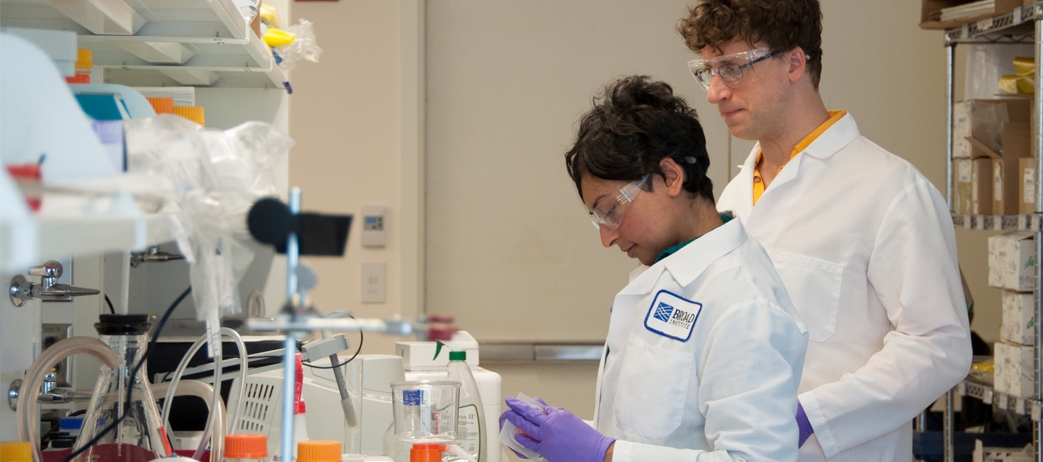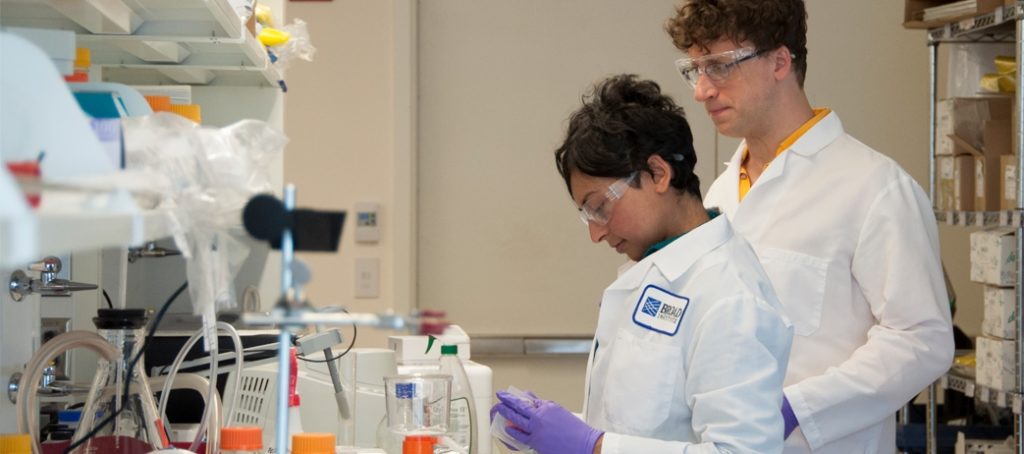
An unknown illness
In 2010, otherwise healthy mother and poet Kamni Vallabh started to experience weakened eye sight. Kamni’s journey that started as a few visits to the ophthalmologist soon escalated into a dizzying array of specialists as both her mental and physical decline progressed. Testing Kamni for everything under the sun, from heavy-metal poisoning to Lyme disease, meant only one thing was for sure—Kamni’s illness was unknown.
Finally, in December 2010, Kamni’s family received the diagnosis that had been elusive for so long—prion disease. Prion disease occurs when normal prion proteins, found on the surface of many cells, become abnormal and clump in the brain, causing memory problems, personality changes, and trouble with movement—many of the same symptoms that plagued Kamni as the prions
aggressively made their way through her brain tissue, causing irreparable damage.
Since prion disease is currently incurable, this diagnosis didn’t bring relief for the family, and Kamni passed away in late 2010.
Taking action in the face of uncertainty
An autopsy revealed that Kamni’s prion disease was a genetic subtype sometimes called fatal familial insomnia (FFI), and through predictive testing, the family learned that Kamni’s daughter, Sonia, would eventually succumb to the disease that took her mother’s life. Prion diseases are extremely rare. Between all of the different subtypes, which include Creutzfeldt-Jakob disease (CJD) and Gerstmann-Straussler-Scheinker disease (GSS) in addition to FFI, only about 300 cases are reported in the US each year.
This news sparked a new life pursuit for Sonia and her husband, Eric. Although Eric had recently completed his master’s degree in Urban Planning at MIT and Sonia had graduated from Harvard Law School, they both eventually quit their jobs to focus on finding a cure full time. For the next few years, refusing to sit back and let the disease ravage her family, the couple was determined to live and breathe the science of the disease. But as the couple got deeper in research, the gravity of their challenge began to sink in. Hope they originally felt while unearthing preliminary research crumbled as limitations of possible treatment approaches became evident, due in part to the challenge of identifying a strategy that could stop brain damage before it’s too late.
Their moment of YES
During this time, the couple met Jeff Carroll, a scientist who partnered with Ionis to develop a therapy for Huntington’s Disease, a disease with which he had been diagnosed. Similar to Jeff’s work with Ionis, Sonia and Eric learned that Ionis’ antisense technology may also help make a positive difference in the lives of those with prion disease. And, Ionis said yes and stepped in to help.
Ultimately, with Ionis’ help, Sonia and Eric were cleared by the FDA to develop a therapy for prion disease.
The next big challenge is for the couple to recruit people at risk for genetic prion disease to the natural history study they are helping to run at Massachusetts General Hospital. With a disease so rare, recruitment may be a challenge. But with renewed hope and purpose, there’s no telling how far their pursuit will go.
